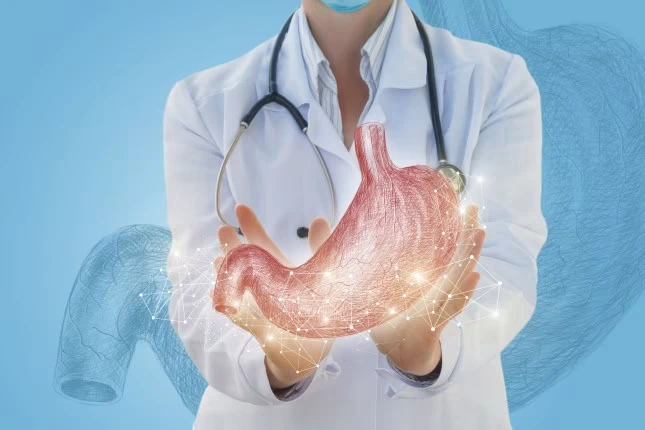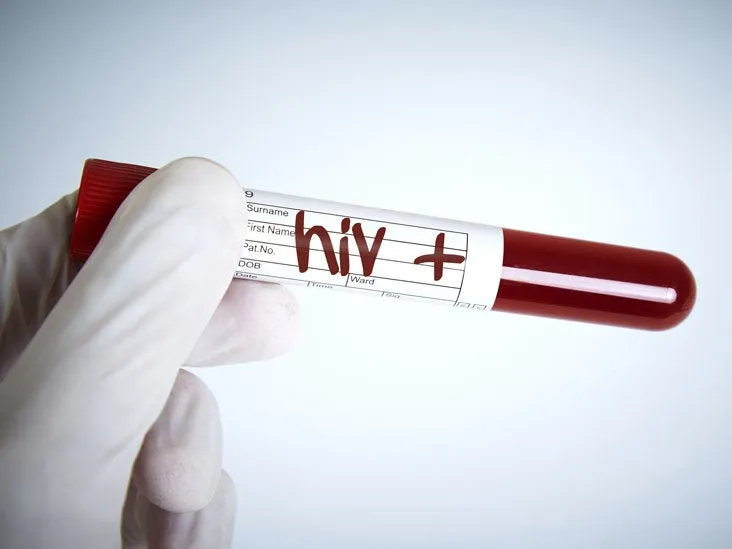Gastroenterology represents a vital medical specialty focused on diagnosing and treating disorders of the digestive system. From the esophagus to the intestines and liver, this field encompasses a wide range of conditions that affect millions worldwide. Understanding gastroenterological health is essential for overall wellbeing, as digestive issues can significantly impact quality of life and may indicate more serious underlying condition
Fundamentals of Gastroenterology
Gastroenterology encompasses the study, diagnosis, and treatment of disorders affecting the entire digestive system. This medical specialty requires comprehensive knowledge of digestive anatomy, physiology, and pathology to effectively manage gastrointestinal conditionsScope and Importance of Gastroenterology
Gastroenterology addresses conditions affecting all parts of the digestive system, from the esophagus to the rectum. Specialists in this field, called gastroenterologists, undergo extensive training beyond general internal medicine. Advanced diagnostic procedures are central to gastroenterology practice. These include endoscopy, colonoscopy, capsule endoscopy, and various imaging techniques that allow direct visualization of digestive organs. Gastrointestinal disorders affect millions worldwide, significantly impacting quality of life and healthcare costs. Early detection through screening programs for conditions like colorectal cancer has substantially improved patient outcomes.Common Gastrointestinal Disorders
Inflammatory Bowel Diseases (IBD) include Crohn’s disease and ulcerative colitis. These chronic conditions cause inflammation of the digestive tract, resulting in symptoms like abdominal pain, diarrhea, and weight loss. Functional GI Disorders such as irritable bowel syndrome (IBS) affect gut-brain interaction. These disorders typically present with chronic abdominal pain and altered bowel habits without structural abnormalities. Acid-related disorders include gastroesophageal reflux disease (GERD) and peptic ulcers. GERD occurs when stomach acid frequently flows back into the esophagus, while peptic ulcers are sores that develop in the stomach lining.Diagnostic Methods in Gastroenterology
Endoscopy Techniques
Endoscopy represents the cornerstone of gastroenterological diagnosis, allowing direct visualization of the digestive tract. Upper endoscopy (esophagogastroduodenoscopy) examines the esophagus, stomach, and duodenum using a flexible tube with a light and camera. Advanced endoscopic techniques include:- Endoscopic ultrasound (EUS): Combines endoscopy with ultrasound to visualize digestive organs and nearby structures
- Capsule endoscopy: Uses a swallowable camera pill to image the small intestine
- ERCP (Endoscopic Retrograde Cholangiopancreatography): Evaluates biliary and pancreatic ducts
Imaging Modalities
Radiological studies complement endoscopic evaluation in gastroenterological diagnosis. Contrast studies like barium swallow and barium enema help assess structural and functional abnormalities. Cross-sectional imaging techniques provide detailed anatomical information. CT scans effectively diagnose inflammatory conditions, tumors, and complications like perforation or obstruction.Treatment Approaches and Innovations
Gastroenterological treatments have evolved significantly in recent years, offering patients more effective and less invasive options. These approaches range from medication-based therapies to cutting-edge procedures that continue to transform patient outcomes.Medical Management
Pharmacological treatments remain the first-line approach for many gastrointestinal disorders. Proton pump inhibitors (PPIs) like omeprazole and esomeprazole effectively reduce gastric acid production, treating conditions such as GERD and peptic ulcers.Minimally Invasive Procedures
Endoscopic techniques have revolutionized gastroenterology, allowing therapeutic interventions without major surgery. Endoscopic mucosal resection (EMR) and endoscopic submucosal dissection (ESD) enable the removal of precancerous lesions and early-stage cancers with minimal invasion. Key Minimally Invasive Procedures:- Endoscopic ultrasound (EUS) for fine-needle aspiration
- Radiofrequency ablation for Barrett’s esophagus
- Per-oral endoscopic myotomy (POEM) for achalasia
- Transoral incisionless fundoplication for GERD






